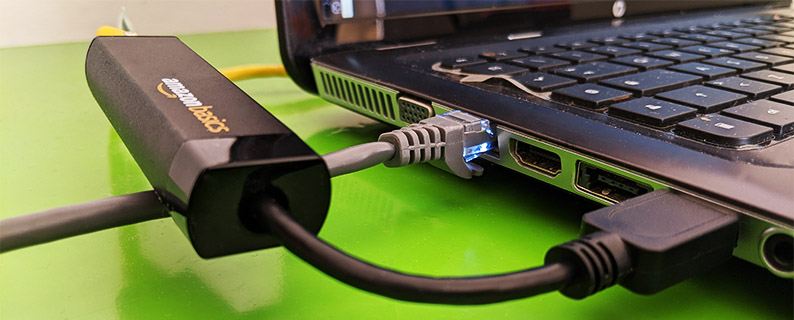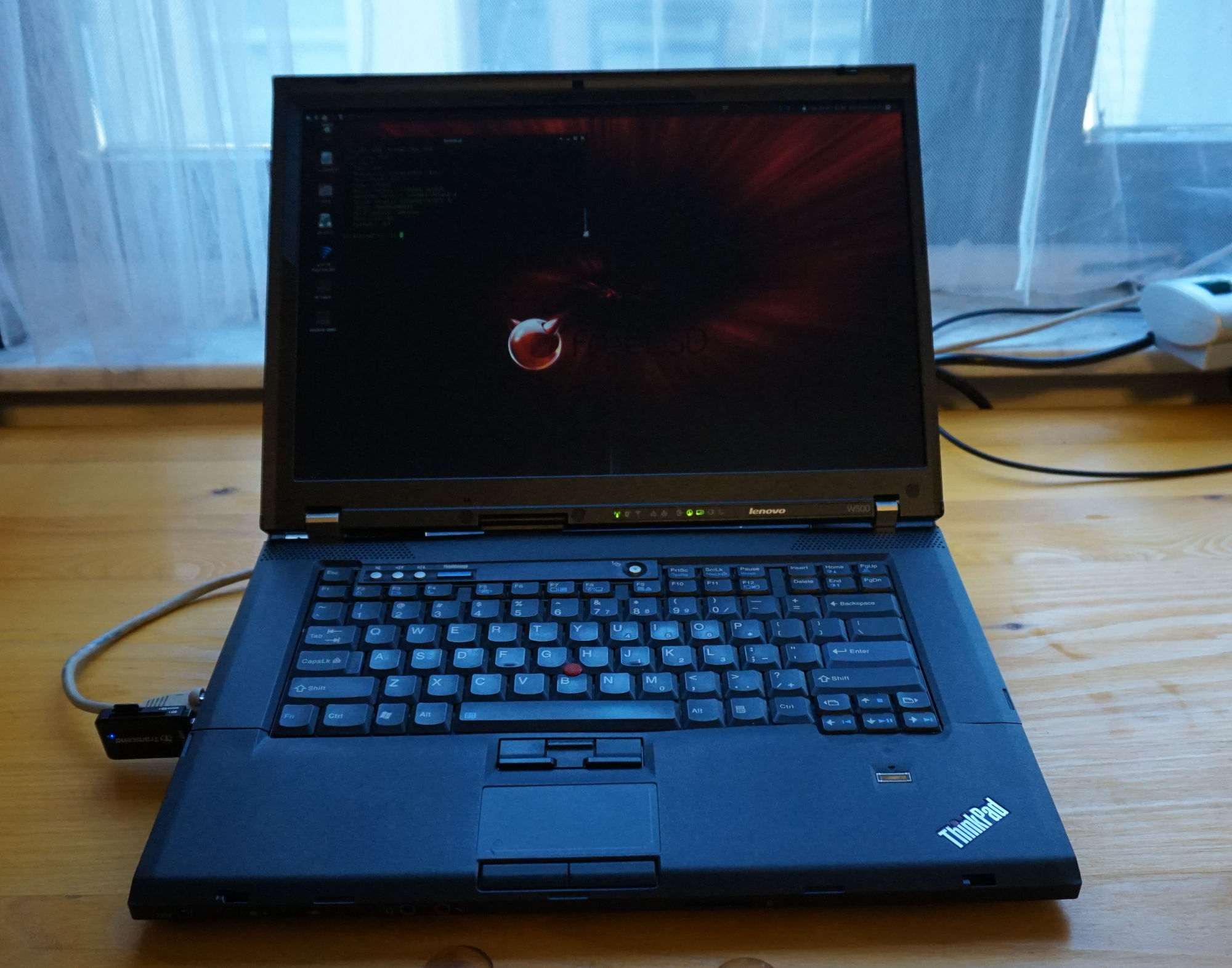

(This will call the destroySurface method mentioned in the previous post).įinally we loop calling paintGL for each update and sleeping for 1ms (use ctrl + C to exit the program). Next we re-size the screen so that is is half the screen dimensions and centred. This is then passed to the MyGLWindow ctor and used as the config when creating the EGL window. In this example we create a custom config with R/B of bit depth 5 and green bit depth 6 and a depth buffer of 16 bits. set this to true to upscale the dst rect
#Creating a pfsense raspberry pi 3 full
rectangle in the middle (if you don't call this you would get a full

now set the size of the screen in this case I'm going to do a now create a new window using the default config The following code will create an instance of the MyGLWindow class and execute a loop calling draw. Once drawing is complete the swapBuffers() method must be called to tell OpenGL to swap the back buffer with the front to show the re-drawn surface. GlClear( GL_COLOR_BUFFER_BIT | GL_DEPTH_BUFFER_BIT) In this case I'm going to set the screen clear colour and clear the screen. Education 3 hours ago It seems feasible to compile pfSense for the Raspberry PI.I think it would be a useful port to have for people that don't require a lot of bandwidth or want to implement their own cheap WIFI router. Next the we will create the paintGL method, this is designed to be called within our main look each time the screen needs to be updated. pi 3 - Can you run pfsense on a Raspberry Pi 3. The next stage is to implement the initializeGL function, this is where you should do any one off configuration for OpenGL, in this case I'm just going to set the clear colour (which will change later in the draw function) init GL in this case we are going to create some render buffers MyGLWindow::MyGLWindow(EGLconfig *_config) : EGLWindow(_config) In this example we just print out that the ctor has been called and then init gl. When using the class the constructor must always call the initializeGL method, as the EGLWindow class is called first this will mean that we have a valid OpenGL context and any GL calls are going to be associated with this context. / the is the main drawing function should only be called once initalizeGL has / dtor will close down the vc and re-set EGL / _config an optional configuration for the buffers etc

/ this class create our window by inheriting the features of the EGL Window This class is going to inherit from the main EGLWindow class then implement the two methods initializeGL and paintGL.


 0 kommentar(er)
0 kommentar(er)
